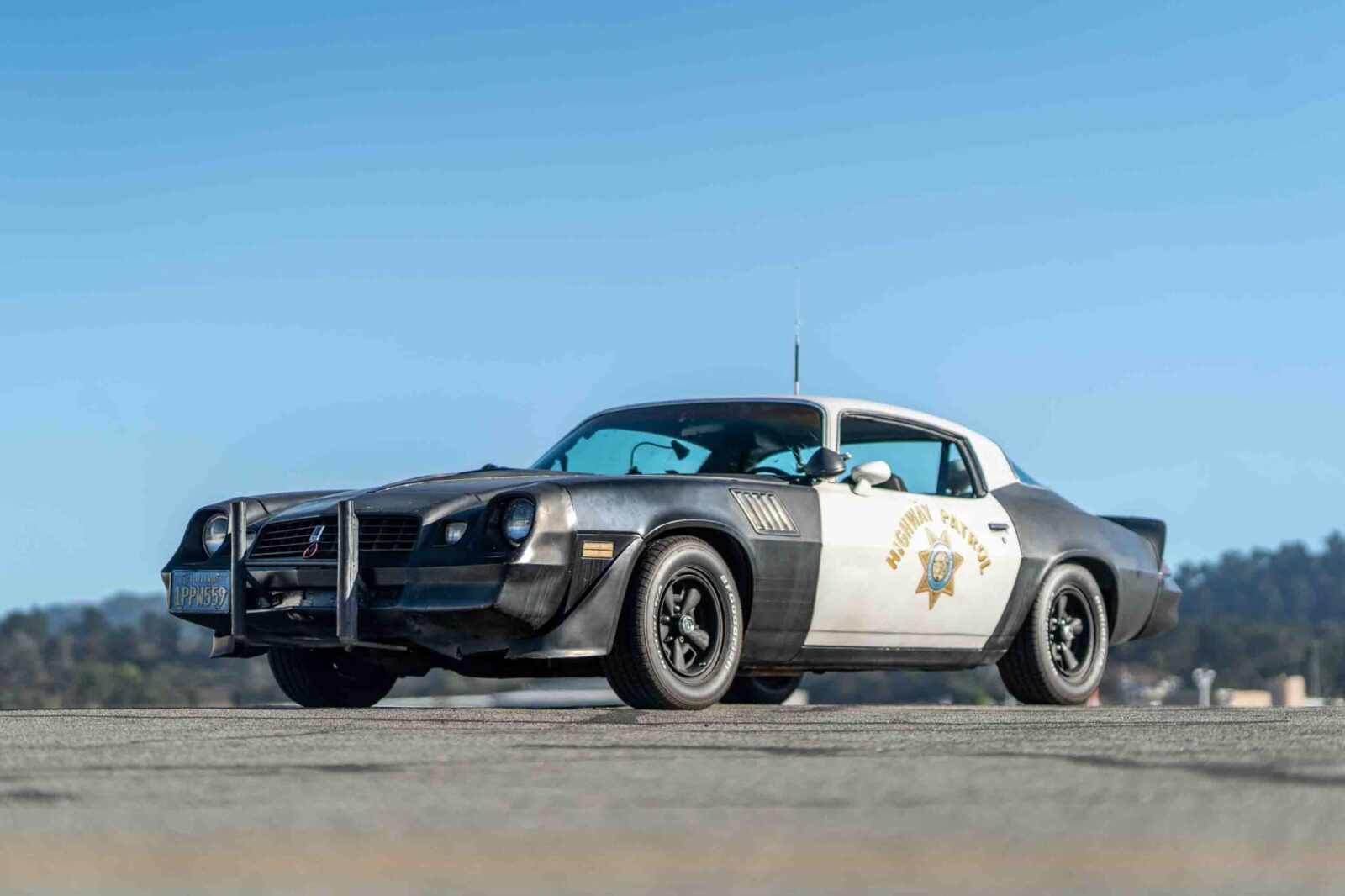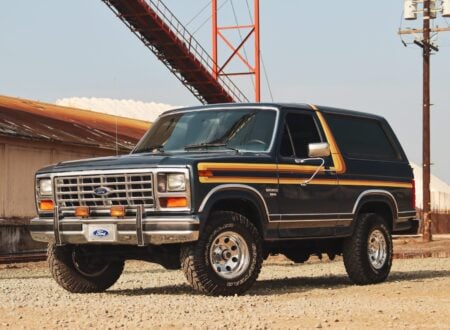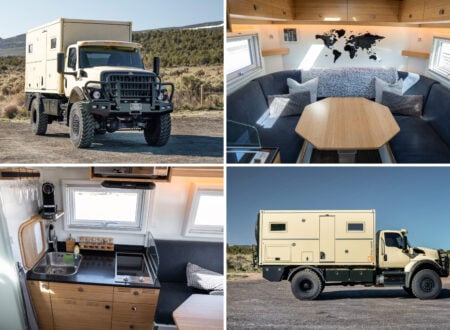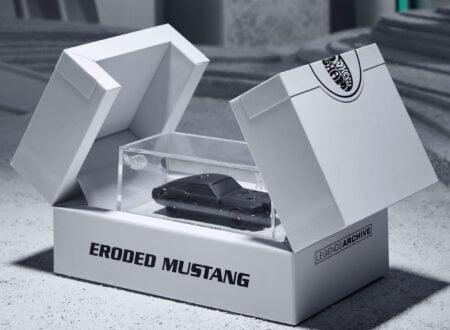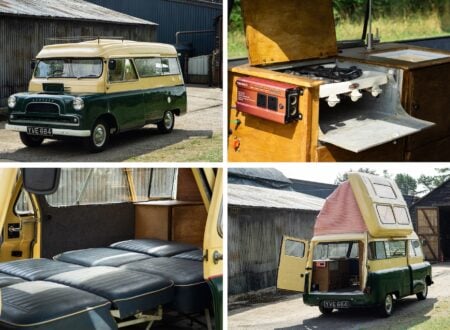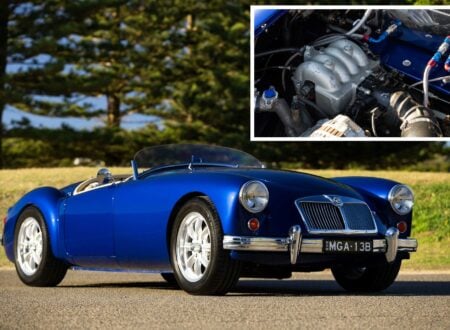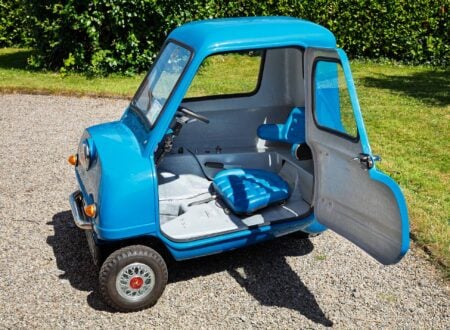This 1979 Chevrolet Camaro was modified into a California Highway Patrol-liveried stunt car for the 1982 film The Junkman. It’s now being offered for sale out of Monterey, California.
The Junkman is the second installment in Halicki’s film trilogy that began with the original Gone in 60 Seconds in 1974, and concluded with Deadline Auto Theft in 1983. Halicki would be killed in a stunt gone wrong while filming Gone in 60 Seconds 2 in 1989, his widow would co-produce the Gone in 60 Seconds remake in 2000 with Jerry Bruckheimer.
Fast Facts – The Camaro From The Junkman
- This 1979 Chevrolet Camaro was one of over 200 cars used while filming “The Junkman,” however most of the vehicles didn’t make it to the end of the film, with over 150 being wrecked.
- Many of the sheriff deputies and police officers that appeared in the film weren’t professional actors, they were real law enforcement personnel that had been hired, mostly from San Luis Obispo County, Paso Robles, and Atascadero.
- After the film was released, this 1979 Chevrolet Camaro was acquired by the California Highway Patrol Museum where it would remain on display for decades, only recently passing into private hands for the first time.
- This car is fitted with the 305 cubic inch V8 paired with a 3-speed automatic transmission, it has 15″ wheels, bucket seats, sirens, spotlights, period-style communication equipment, and California Highway Patrol livery.
The Junkman
The 1982 film The Junkman revolves around Harlan B. Hollis (played by H.B. Halicki), a successful film producer and stuntman who finds himself in the crosshairs of an assassination plot. While attending a film industry event, Hollis survives an attempt on his life, which initiates a high-speed chase. As the story unfolds, it becomes clear that those close to Hollis might be involved in the conspiracy to kill him.
Above Video: The Junkman is available to watch in full on YouTube, the opening scene famously includes the wrecking of a Bricklin SV-1 and a helicopter escape from a high speed police chase.
Throughout the film, viewers are treated to a series of spectacular car chases and stunts, which are signature elements of Halicki’s work. The narrative weaves between the plot against Hollis and behind-the-scenes glimpses into the movie-making world.
Much like Halicki’ earlier film Gone in 60 Seconds, The Junkman is celebrated for its genuine stunts and minimal use of special effects. The film showcases hundreds of car wrecks and a variety of thrilling chase sequences, making it a cult classic among car enthusiasts and fans of action cinema.
The title The Junkman is a nod to Halicki’s real-life background as a junkyard owner before he ventured into filmmaking.
The Junkman “CHP” 1979 Chevrolet Camaro Shown Here
As mentioned further up, this 1979 Chevrolet Camaro was modified into a fictional California Highway Patrol pursuit vehicle for use in The Junkman. It makes two prominent appearances in the film and unlike most of the cars that appeared on screen in the various car chases and stunt sequences, it survived filming largely unscathed.
After filming wrapped this car was bought by the California Highway Patrol museum and put on display, becoming one of the museum’s most memorable display pieces. Many years later the car entered private ownership and put back on the road – it’s now road registered and comes with a clean California title.
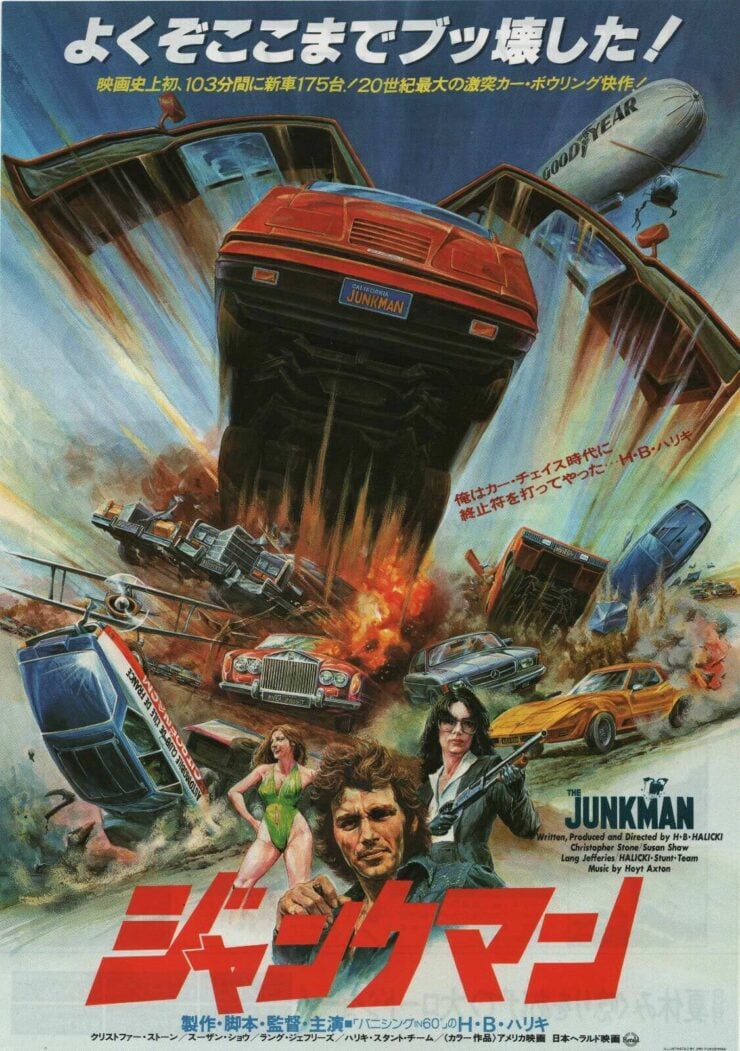

Power is provided by a Chevrolet small block 350 cubic inch (5.7 liter) V8 which sends power to the rear wheels via a Turbo Hydramatic 3-speed automatic transmission. The 1979 model year makes this car part of the Camaro’s second generation, and due to emissions regulations it produced a relatively low 130 bhp with a slightly more respectable 245 lb ft of torque.
The second gen Camaro was based on the F-body platform, and as such it had independent front suspension on coils, a live axle on leaf springs in the rear, and disc brakes up front with drums out the back – a relatively standard set up on many American cars of the era.
In preparation for filming this car was given a new California Highway Patrol paint job in black and white with prominent highway patrol badges on each door. A police aerial was also added to the roof, the wheels were painted black, it has front and rear spoilers, a vented hood, and a nudge bar was fitted up front – presumably for nudging pursuit targets off the road.
The interior of the car is all black with black upholstered vinyl seats, it’s also equipped with sirens, a dashboard-mounted clipboard, a gun holder, and period-correct communication equipment.
The car has received some maintenance and corrective work under recent ownership this year including new belts and hoses, new park plugs and a new distributor cap and rotor. The hood release cable was replaced, as well as the fuel tank, cap, and sending unit, the thermostat housing, and the fuel filter.
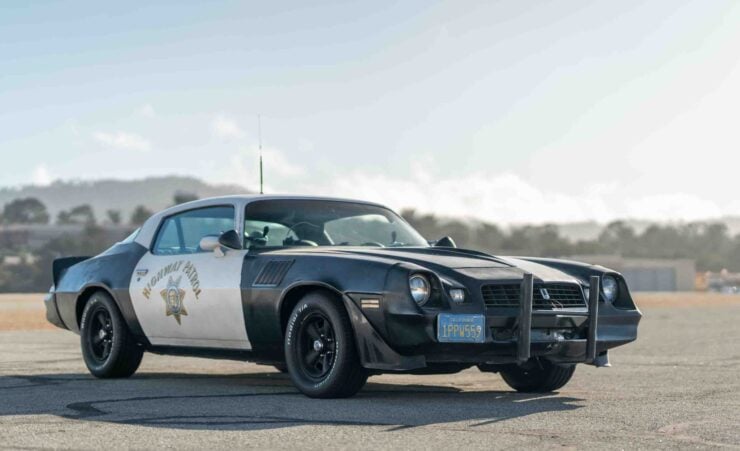

The front disc and rear drum brakes were also refreshed, along with the shock absorbers, fuel tank, and tires. The car is now being offered for sale out of Monterey, California on Bring a Trailer with a clean California title in the owner’s name.
It’s important to note that 100% of the sale amount, including the Bring a Trailer fee, will be donated to the Laguna Seca Raceway Foundation – this is a 501(c)(3) nonprofit organization with the goal of improving and restoring the facilities at the Laguna Seca Raceway.
If you’d like to read more about this unusual Camaro or place a bid you can visit the listing here.
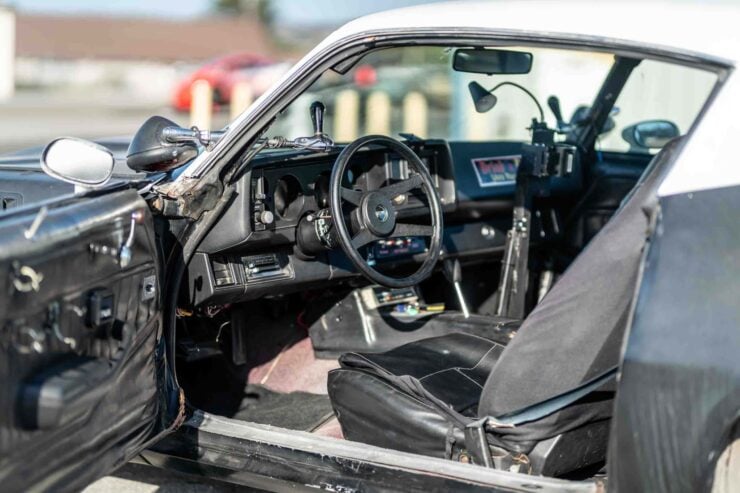
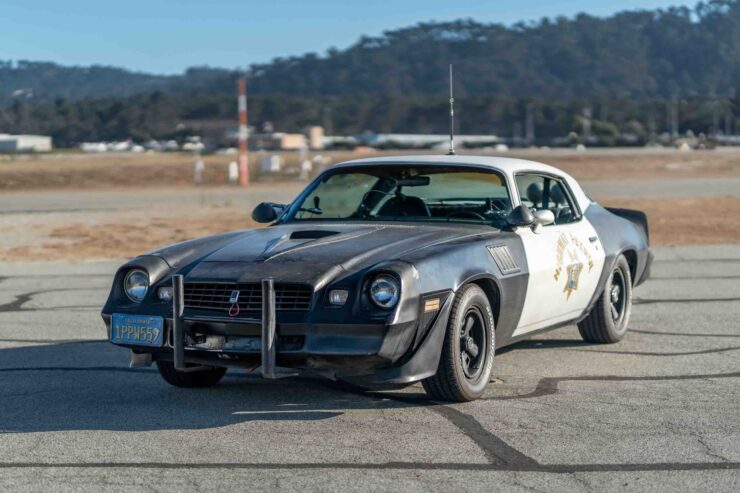
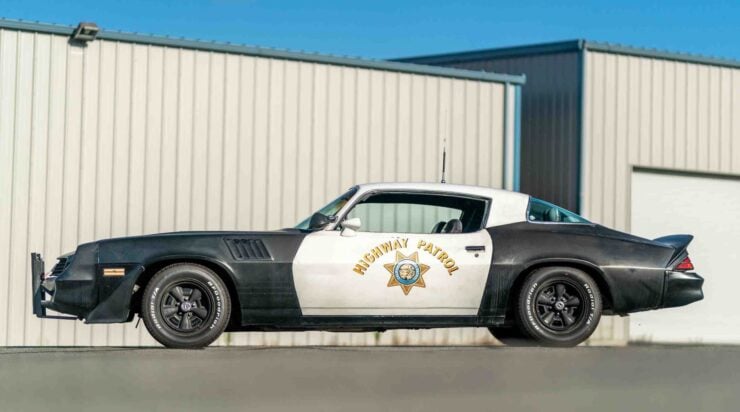
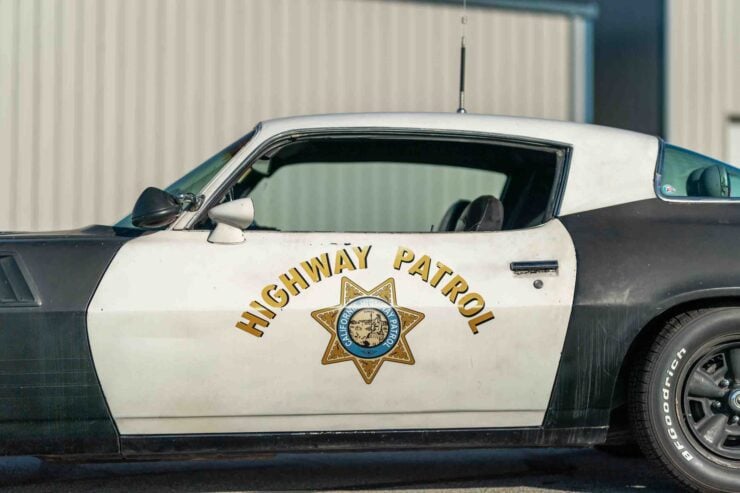
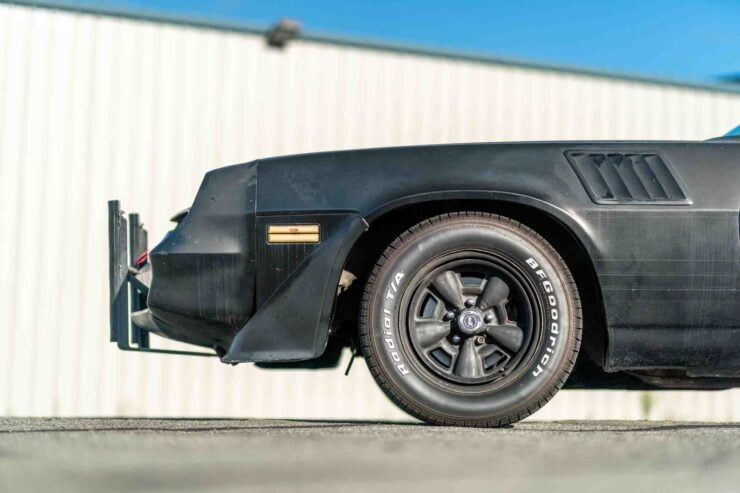
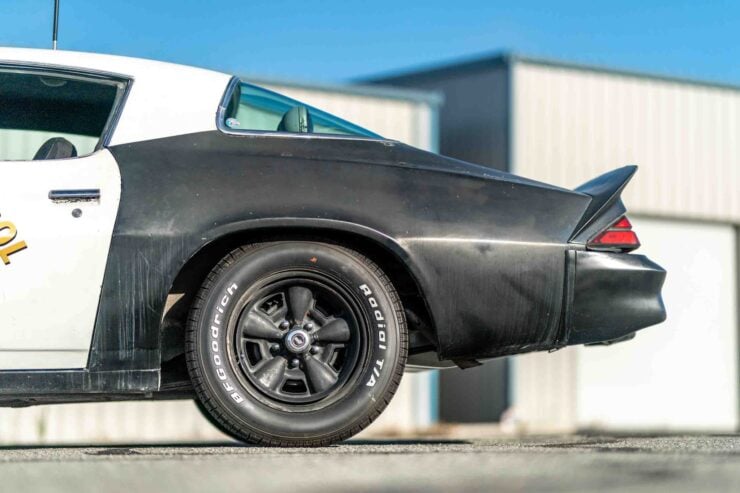
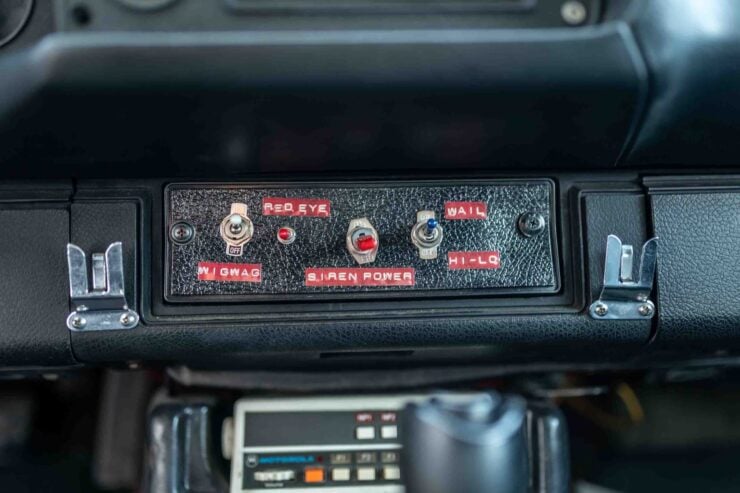
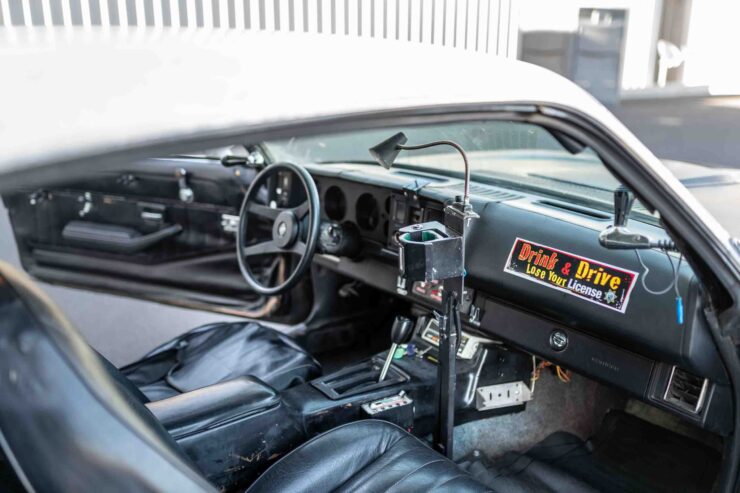
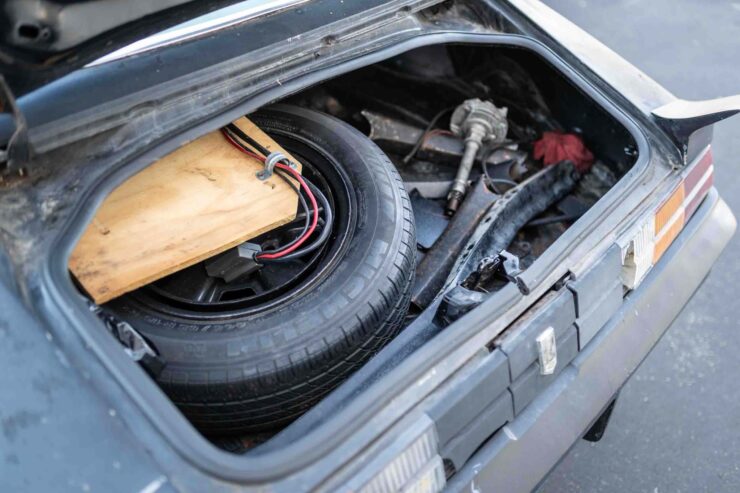
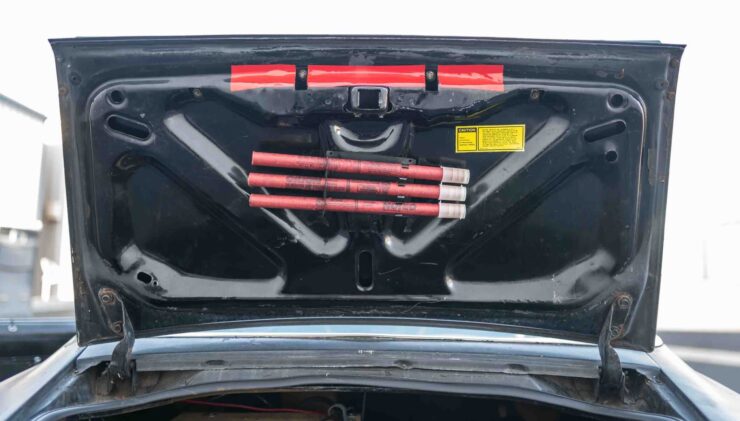
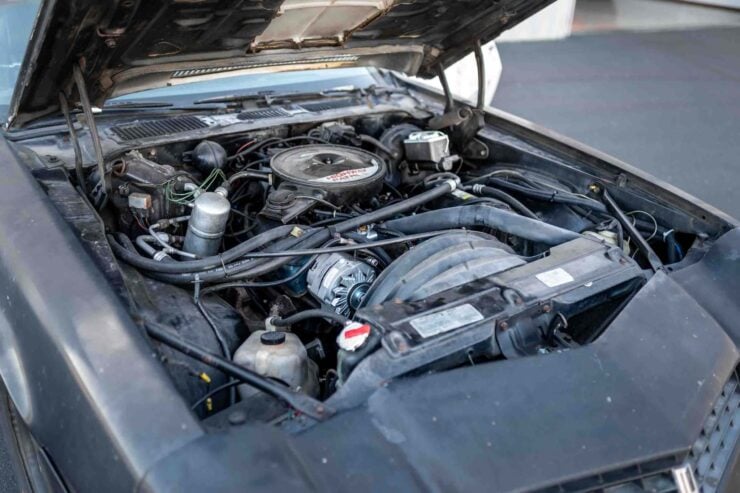
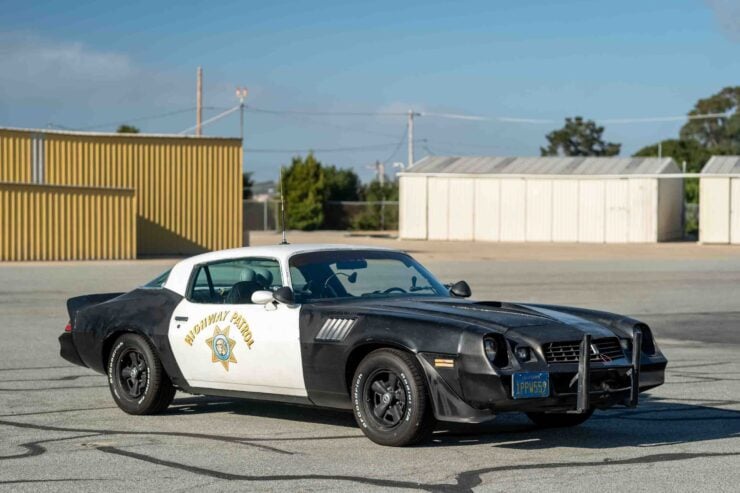
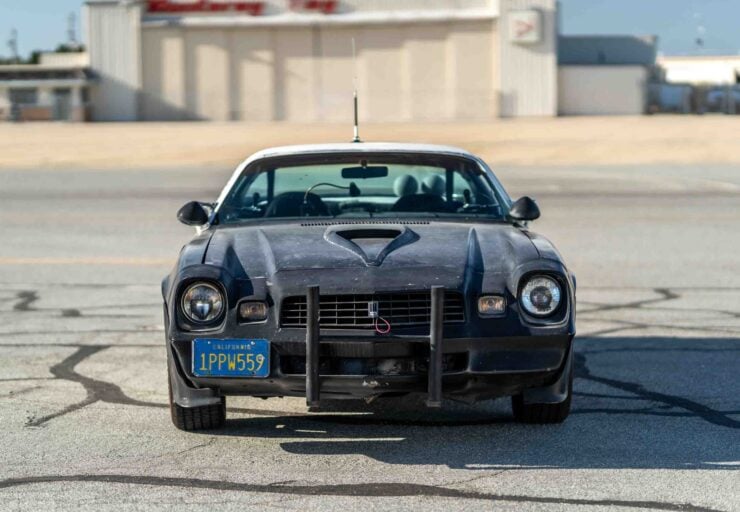
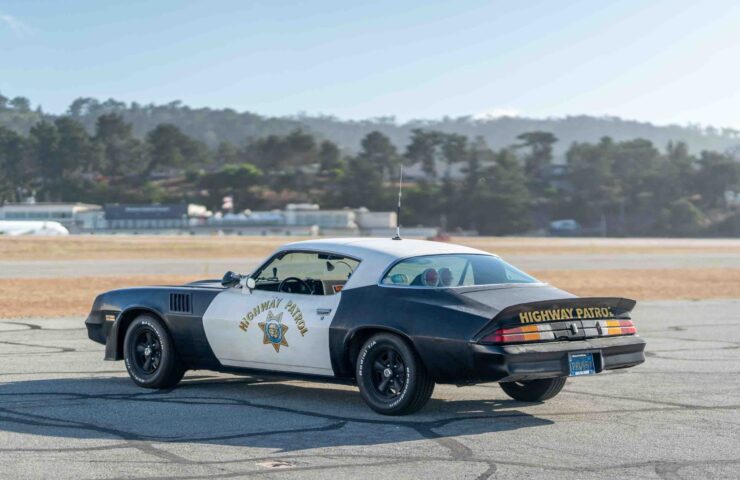
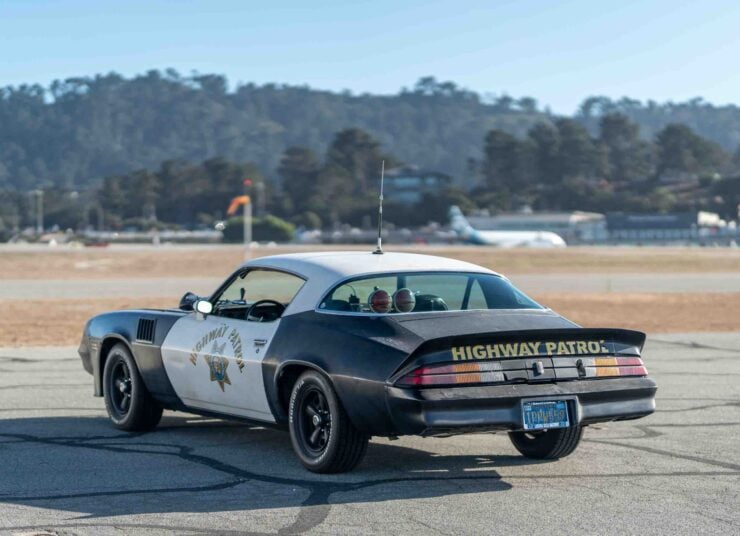
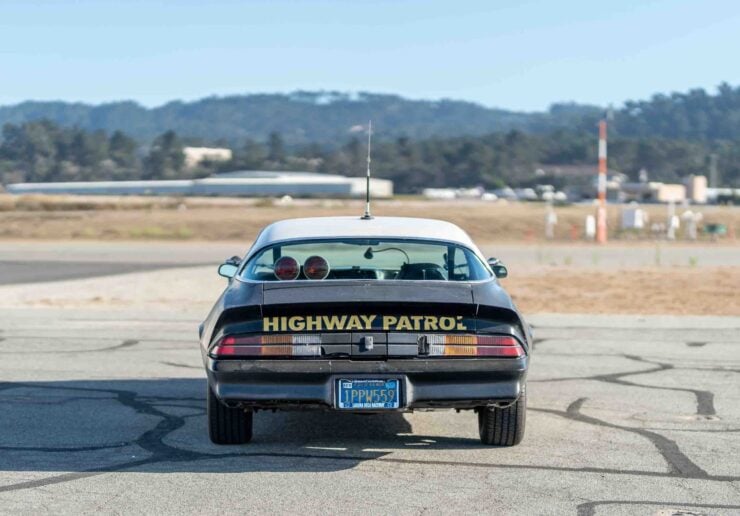
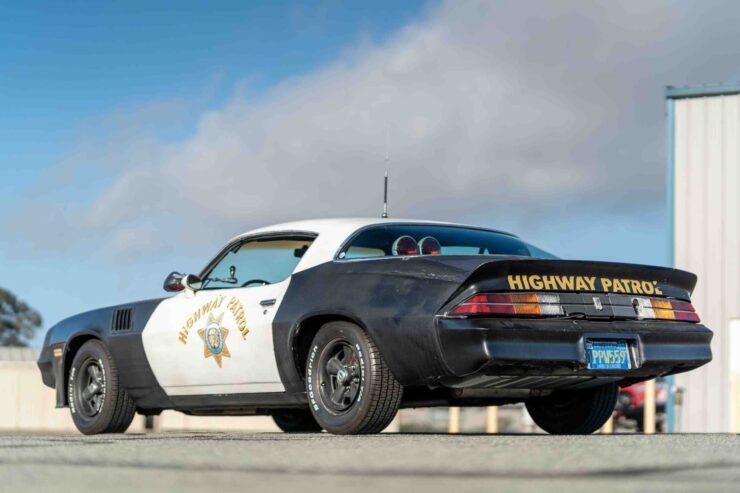
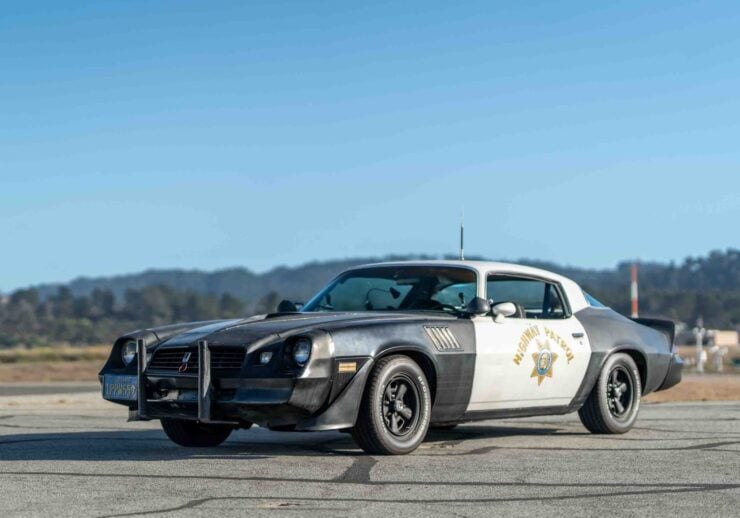

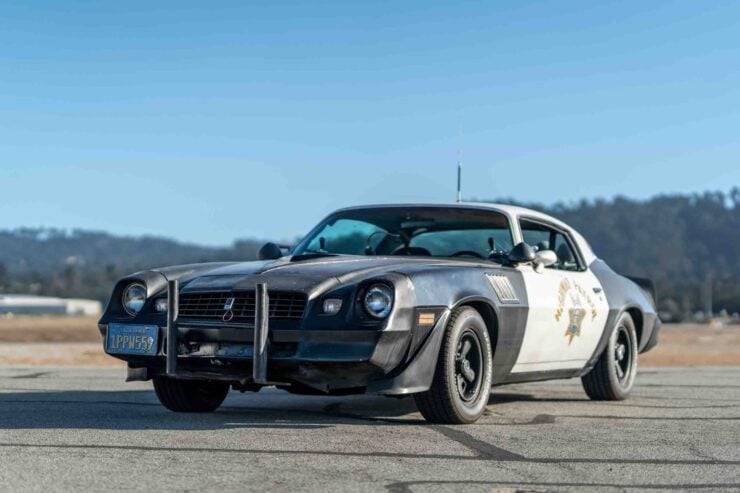
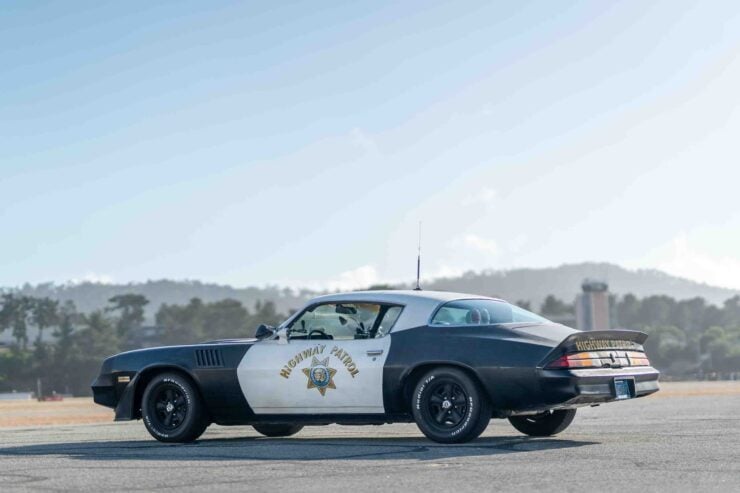
Images courtesy of Bring a Trailer

